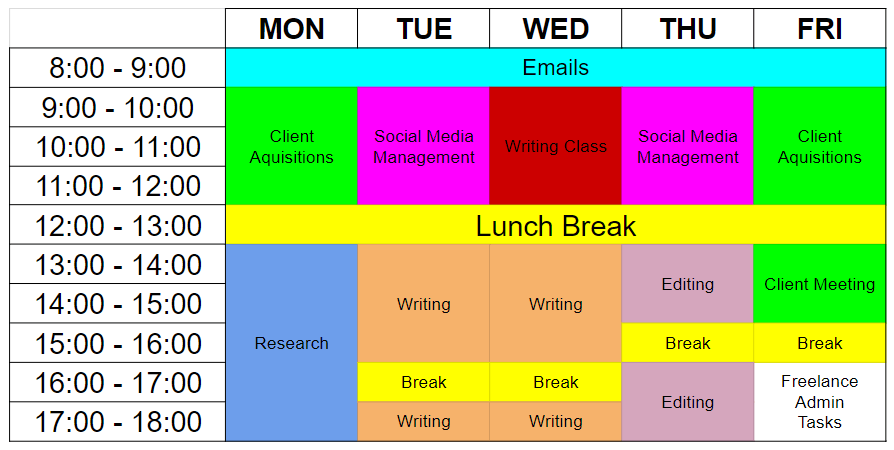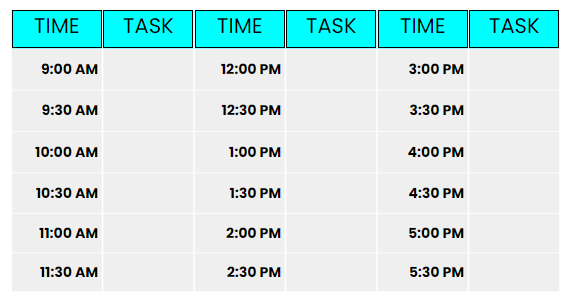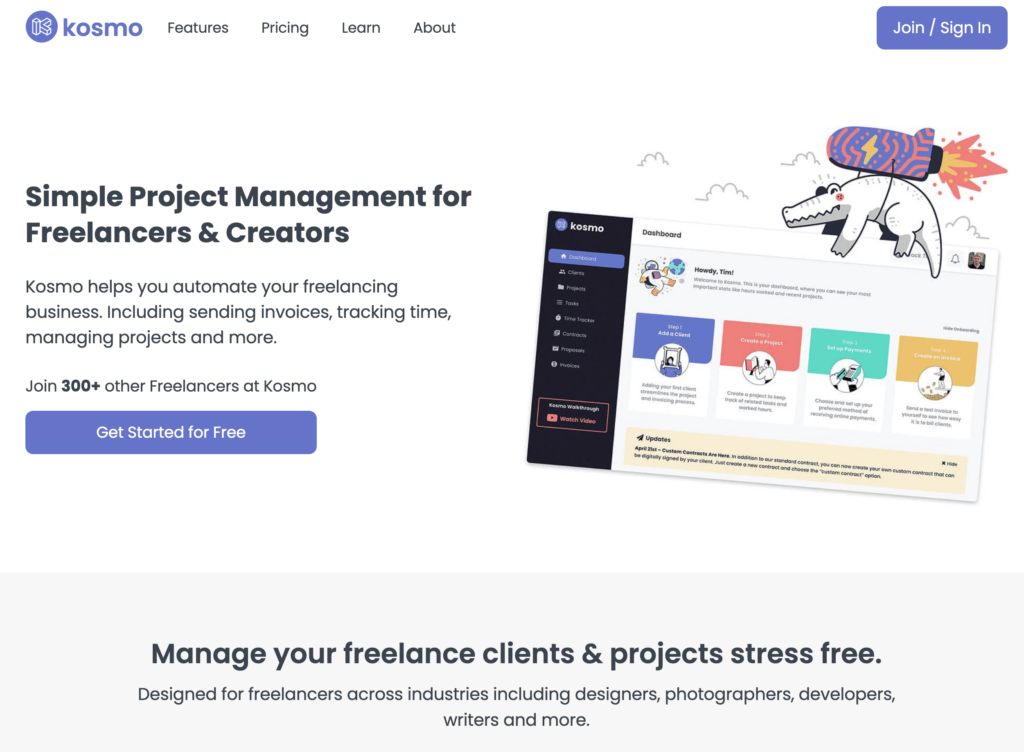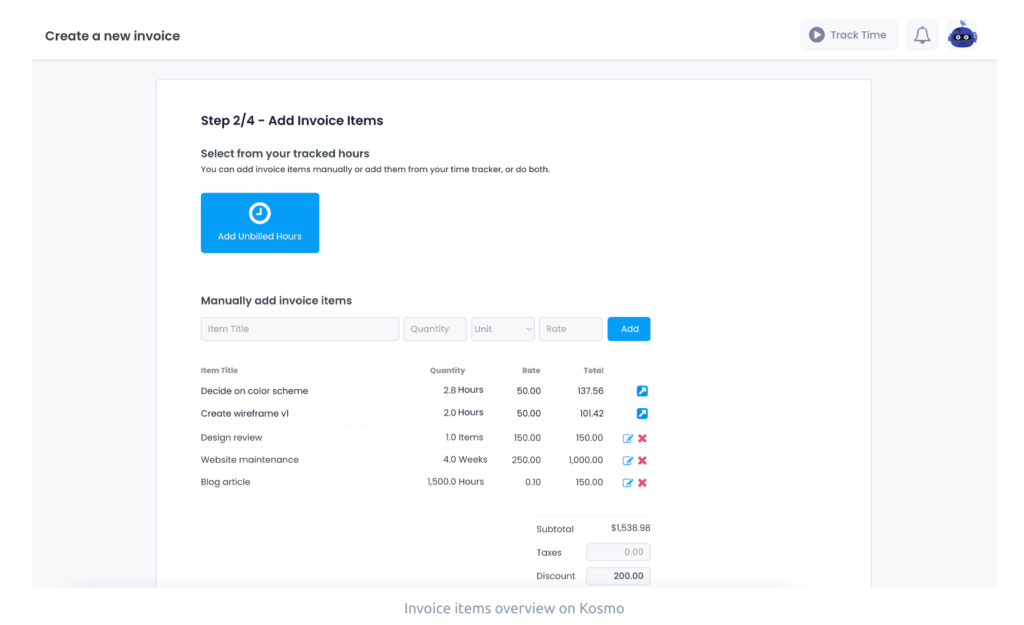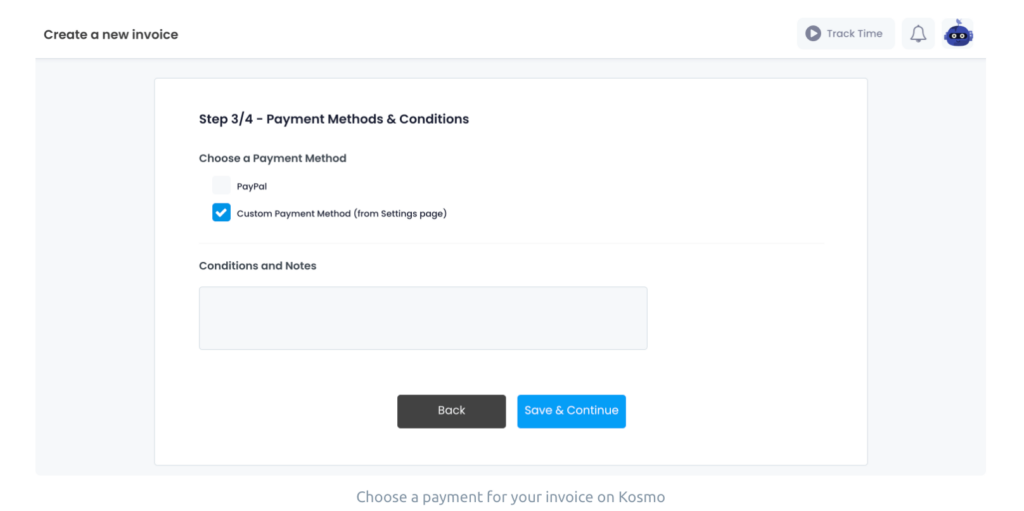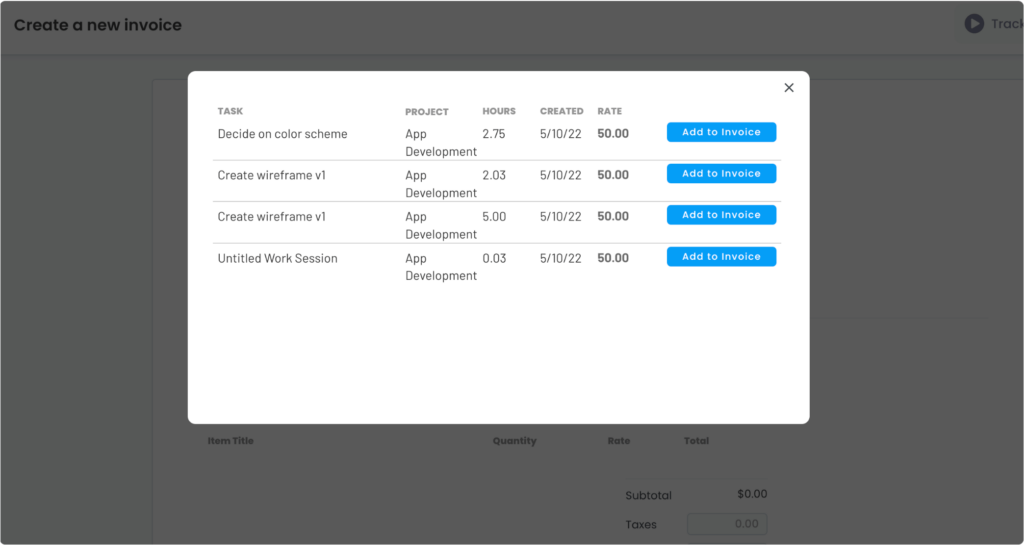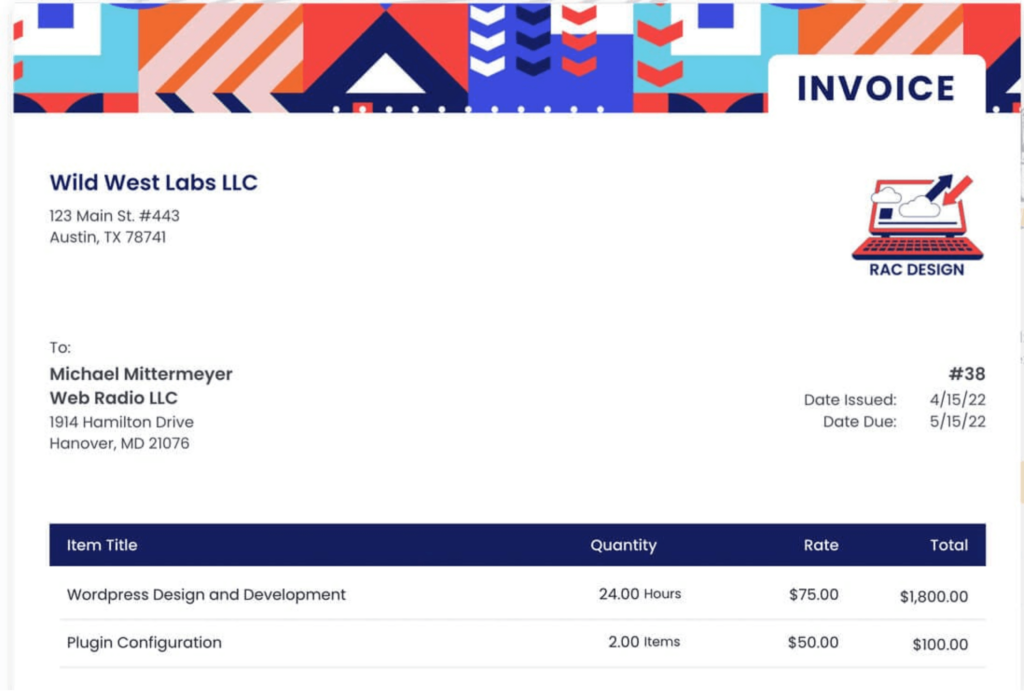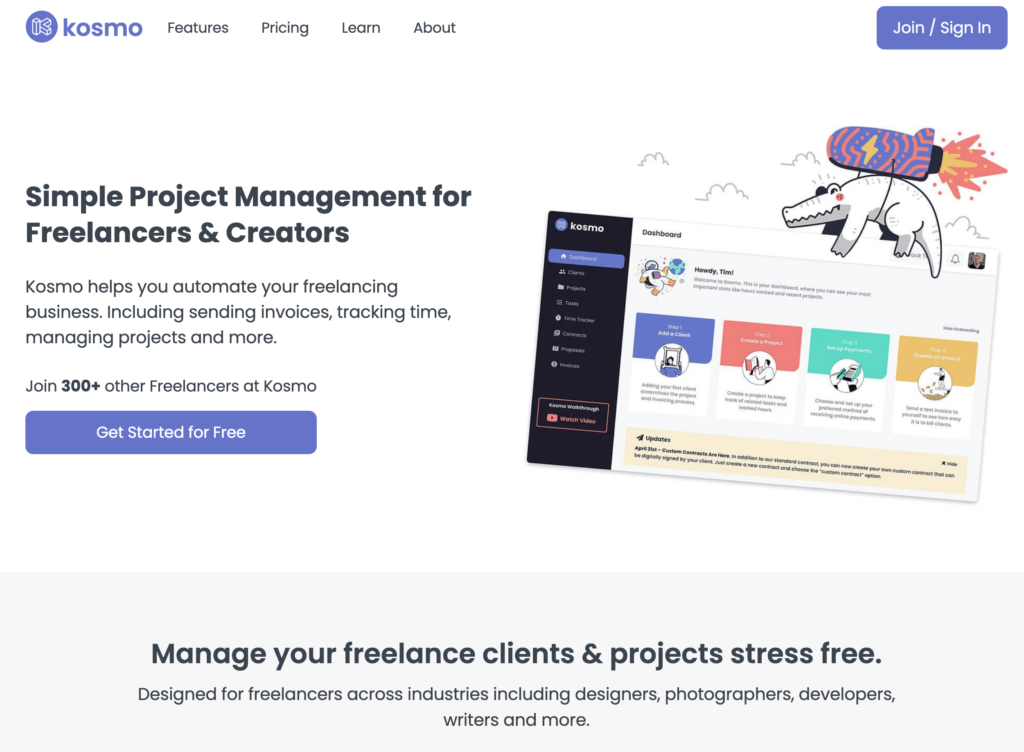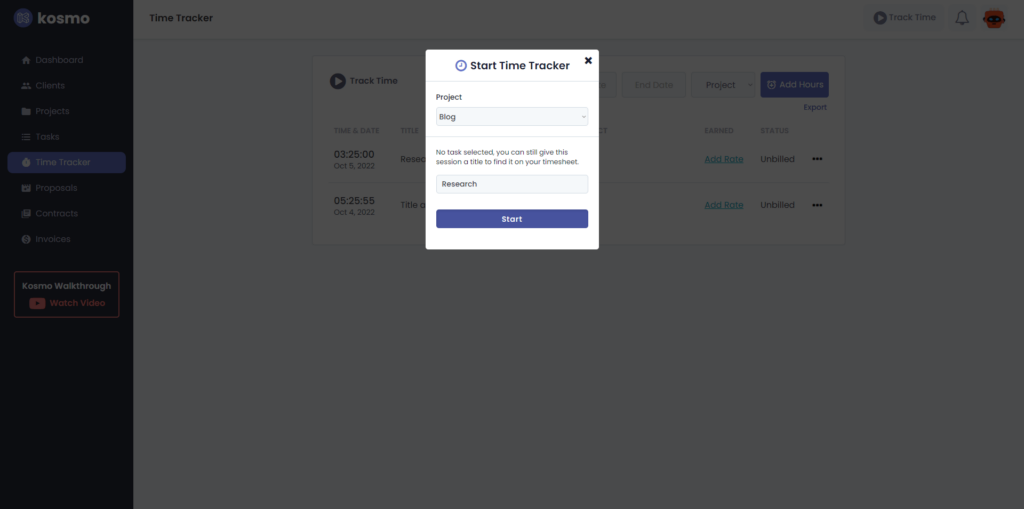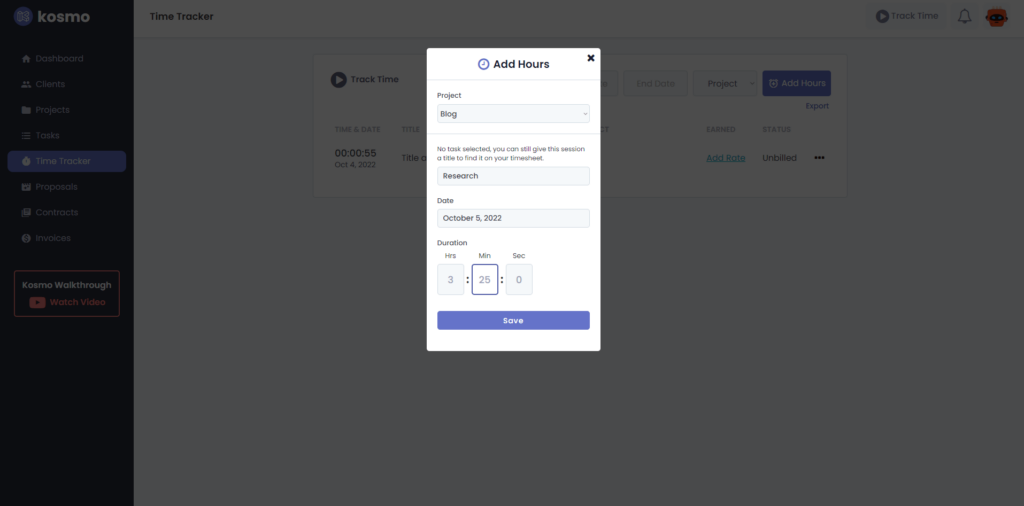What’s a Fair Freelance UX Designer Hourly Rate?
It’s hard to pinpoint the fair freelance UX designer hourly rate, mainly because the industry is always changing. You might be surprised but UX design history goes a long way. It might not have been as popular back in the 90s as it is now but it doesn’t mean it didn’t exist.
User Experience or UX does not simply cover websites or computers, it’s pretty much every product that is designed for humans. So, the UX designer’s job is to find out how to relate products to customers. And from that alone, you know that UX design has a very wide scope making it harder to answer the question, “What’s a fair freelance UX designer hourly rate?”
Definitely, each UX designer has a different rate. Even UX designers who are employed by companies have varying salaries, so freelancers can definitely also have diverse rates.
Factors That Affect Freelance UX Designer Hourly Rate

To give you an easier time figuring out your own freelance UX designer hourly rate, below are factors that can affect the amount that you can charge:
1. UX Designer Role
First things first, what is your role exactly as a UX designer? In freelancing, you can be a jack-of-all-trades and do everything for UX design, but having a niche is advisable. Not only can it boost your freelancing career but you can also easily determine your freelance UX designer hourly rate. For example, if you are in charge of Wireframes it will definitely have a different rate if you are responsible for creating personas or conducting customer research.
If you are more of an all-in-one UX designer, then you can definitely ask for a higher payment from your potential clients. Since you are a one-stop shop, there will be no need for your clients to hire other UX designers and this can justify your fair rate.
2. Skill Level

Getting a fair rate will also depend on your skill level as a UX designer. If you have just started out in this career, of course, you can’t really charge very high. A good way that you can showcase your skill level is by showing your portfolio. There are also freelance platforms where you need to rate yourself. Just make sure you have the real skills to back up your own rating because potential clients will definitely ask you questions or even give you a test during your interview.
3. Experience
Remember that experience and skill are not the same but they do go hand in hand. Maybe you have excellent skills but you haven’t really worked with more than 2 clients. It’s also important to have relevant experience as this can really show potential clients what you can actually do for other people.
A portfolio that contains samples can definitely show your skills but if you show samples that you have done for other clients, this is a huge deal. It’s especially helpful if you have past clients that can give you referrals or ratings on your work. This can definitely kick up your rate as a UX designer.
When it comes to experience, you should also count the number of years you have been working in the industry. Highlight relevant experience and make sure to show that you keep up-to-date with the latest techniques in UX designing.
4. Clients
Sometimes, you don’t really have a say in your rate. There will be times when clients will dictate the freelance UX designer hourly rate and your only option here is to either accept the offer or not. Remember that not all clients are the same. Some can offer a very high rate but they can be very demanding.
There are also low-balling clients that would be better to say no to. The best type of client is the one who can offer you a fair rate and someone who you can collaborate with or work harmoniously with.
5. Educational Background or Training

As a freelancer, you don’t really need a diploma. But in the world of UX design, it can always help to show if you had formal training in Wireframes or User Testing. If you have certifications or have done bootcamp training in UX design, this can be what gives you an edge over other UX designers. It will only be fair to raise your freelance UX designer hourly rate especially if you are subscribed to a UX design certificate that has monthly payment.
Tips to Determine a Fair Hourly Rate for UX Design
Now that you know the factors that can affect your freelance UX designer hourly rate, it’s time to determine the exact number. Below are some tips that can help you out:
Ask around
One of the best things to do is to ask fellow freelancers how much their rates are. If you have former classmates, who would usually have the same skill set or level of experience as you, you can ask for the same rate as they are.
It also helps to check out freelance platforms and see how much gigs are paying. Learning the industry standards can be a helpful gauge to find out if you are charging way too high or if you are lowballing yourself.
Check competitors rates
Another way to find out your rate is to check out your competitors. If they are offering the same services as you are, you can always copy their number.
If you can’t find yourself lowering your rate, then simply add more services. You can also do helpful add-ons that can set you apart from your competitors. For example, offering free, extra revisions on your mock-ups can be very helpful.
Do the math
Another way that you can determine a fair freelance UX designer’s hourly rate is by doing the math. This is not really about your competitors or the industry standards. It boils down to you. Below are 2 questions you need to answer to help you determine your rate:
1. How fast do you work?
Since you are talking about an hourly rate, you need to time yourself. If you work way too fast, then you won’t be paid for all of your hard work—which can then lead to burnout. On the other hand, if you are too slow, clients may not like having to pay for your extra hours if someone can actually do the job faster.
What you can do is to time yourself on how you would normally work. You can make a rate depending on the specific job you are working on. For example, you can charge higher for making storyboards than when you are conducting competitor research. But again, this will depend on your expertise—the speed at which you work should be fair towards your rate.
2. How much money do you need to make a profit?

Freelancing is a business. You need to get paid to be able to keep your business afloat and you can do this by making a profit. You can also look at the money you earn from freelancing the way you would a salary. How much money should you be earning per hour so that you can maintain your lifestyle, to keep yourself from going broke?
You really need to do the math to find out the fair freelance UX designer hourly rate. Again, this is the rate that is fair for you. And not so much reliant on how much other freelance UX designers earn for themselves.
Conclusion
There is no single number or answer to the question, “What’s a fair freelance UX designer’s hourly rate?” You really have to combine all of the factors to get your number. If you find that your fellow bootcamp mates are charging higher, you don’t have to copy them if you are not 100% confident in your skills or if you are aware that you need more experience.
The best way to determine your freelance UX designer hourly rate is by putting yourself out there. Go get clients and do the work. You’ll have a better judgment of what is fair or not once you have a project.
Get Organized & Win More Clients
Kosmo has everything you need to run your freelancing business.


